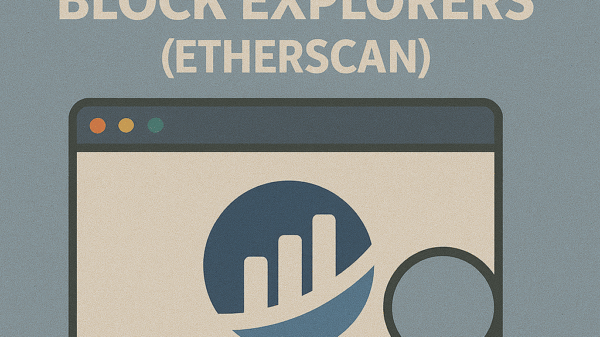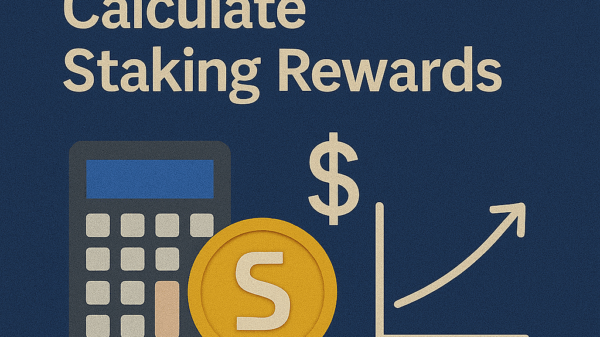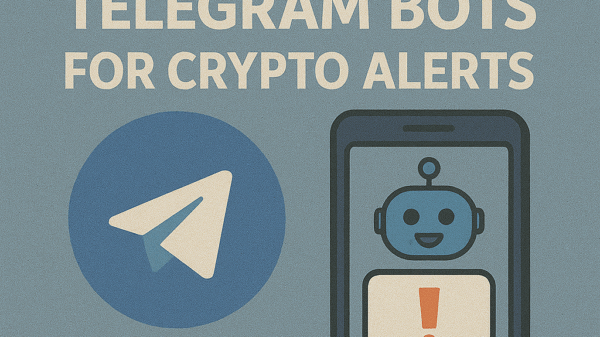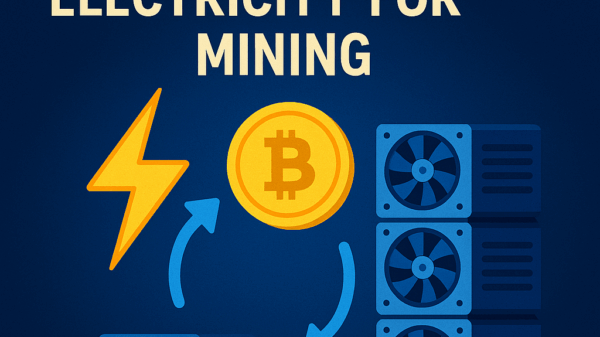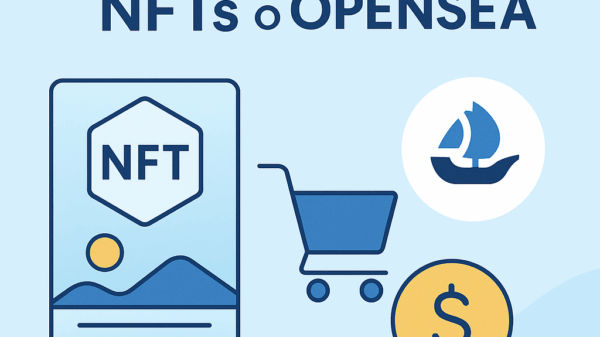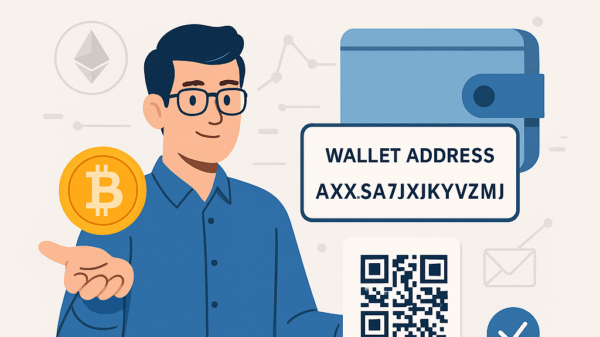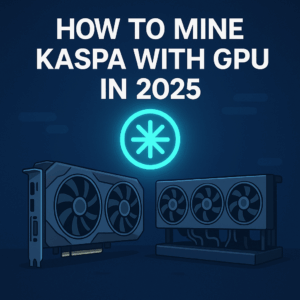How to Mine Bitcoin at Home in 2025
By Jason Miller – Crypto Writer 10.expert 🧠 Covering Bitcoin, altcoins, blockchain & Web3.
As a crypto writer and analyst based in the U.S., I’ve seen the dream of “mining Bitcoin at home” evolve dramatically since the early days of CPU and GPU mining. In 2025, with Bitcoin’s fourth halving behind us (April 2024, reducing block rewards to 3.125 BTC per block) and network difficulty at all-time highs, home mining is a far more challenging, yet still potentially rewarding, endeavor.
Gone are the days when a gaming PC could reliably earn you Bitcoin. Today, it’s a game of specialized hardware, ruthless efficiency, and strategic planning. If you’re passionate about Bitcoin and blockchain innovation and want to contribute to the network while potentially earning some sats, home mining can still be viable – but it requires a realistic approach and meticulous attention to detail.
Let’s dive into what it takes to mine Bitcoin at home in 2025.
How to Mine Bitcoin at Home in 2025: A Realistic Guide to Solo or Pool Mining ⛏️🏠
The landscape of Bitcoin mining has matured significantly. While the romantic notion of a single computer churning out BTC might persist, the reality in 2025 demands specialized equipment and an understanding of the prevailing economics.
The Realities of Home Mining in 2025: It’s Not Your Old GPU Farm 🛑
Forget about using your gaming PC’s GPU or even multiple GPUs for Bitcoin mining. Bitcoin’s network difficulty is so high that only specialized hardware, known as ASICs (Application-Specific Integrated Circuits), can compete effectively. These machines are purpose-built for SHA-256 hashing and are orders of magnitude more powerful and efficient than general-purpose hardware.
ASIC Miners are Mandatory: Choose Wisely 🛠️
To have any chance of profitability, you must invest in modern ASIC miners. In 2025, models like the Bitmain Antminer S21 series (e.g., S21 Hydro, S21 Pro, S21 XP) and MicroBT Whatsminer M60 series are top contenders, offering high terahash per second (TH/s) rates and improved energy efficiency (measured in Joules per Terahash, J/TH). Research the latest models for the best efficiency.
The Post-Halving Era: Reduced Rewards, Increased Competition 📉
The Bitcoin halving in April 2024 cut the block reward from 6.25 BTC to 3.125 BTC. This means miners earn less Bitcoin per block. To remain profitable, you need even greater efficiency and lower electricity costs, as the network hashrate continues to climb, increasing difficulty.
Electricity Cost is King: The Single Most Important Factor ⚡
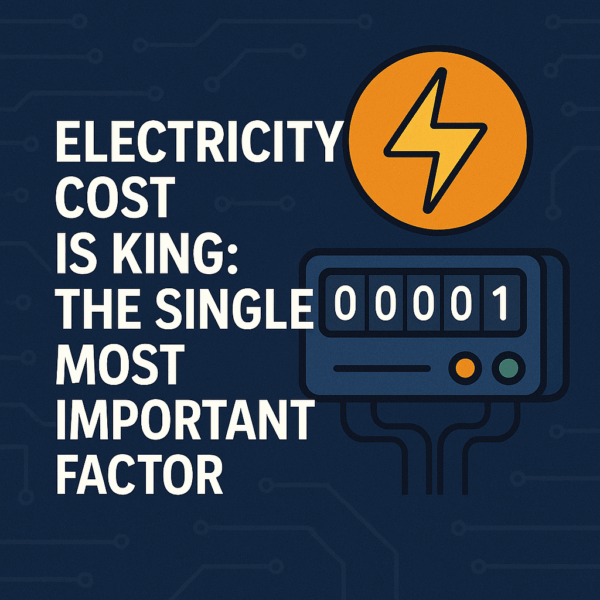
If your electricity cost is high (generally above $0.05-$0.07 per kWh, depending on Bitcoin’s price and miner efficiency), home mining for profit is extremely challenging, if not impossible.
* Check Your Rates: Know your exact electricity rate, including peak/off-peak charges and any hidden fees.
* Seek Renewable Sources: Access to solar, hydro, or other cheap, renewable energy sources dramatically improves profitability and sustainability.
* Dedicated Circuit: Modern ASICs draw significant power (2,800 to 5,500+ watts each). You’ll likely need a dedicated 240V outlet and potentially an electrical upgrade to handle the continuous load safely. Avoid overloading circuits.
Noise and Heat Management: Don’t Underestimate Them 🔥🔇
ASIC miners are loud (often comparable to a vacuum cleaner) and generate substantial heat. This is a significant consideration for a home environment:
* Ventilation: Proper airflow and exhaust systems are essential to prevent overheating and hardware damage. A garage, basement, or detached shed is usually more suitable than a living area.
* Sound Insulation: If noise is an issue for you or your neighbors, consider sound-dampening enclosures or placing the miner far from living spaces.
* Immersion Cooling: For extreme efficiency and noise reduction, some advanced home miners explore immersion cooling, but this is a complex and costly setup.
Joining a Mining Pool: The Most Practical Approach for Home Miners 🤝
Solo mining Bitcoin at home in 2025 is akin to winning the lottery – your chances are extremely low due to the immense global competition.
* Pool Benefits: Mining pools combine the hashrate of thousands of individual miners. When the pool successfully mines a block, the reward is split among participants based on their contributed hash power, providing smaller but more consistent payouts.
* Popular Pools: Reputable pools in 2025 include Foundry USA, F2Pool, ViaBTC, and Antpool.
* Setup: Create an account with your chosen pool, configure your ASIC to point to the pool’s server, and provide your Bitcoin payout address.
Solo Mining (with ASICs): A Long Shot, but All Rewards are Yours 🎲
If you want the chance to earn the entire block reward (3.125 BTC + transaction fees), you can try solo mining. However, even with multiple high-end ASICs, the odds of finding a block are incredibly slim. This is largely a speculative bet for those with significant capital and very low electricity costs.
Setting Up Your Mining Rig: Hardware and Software 🔌
- Physical Setup: Unbox and inspect your ASIC. Connect the power supply (ensure it’s a high-quality 80+ Gold or Platinum PSU). Connect to your internet via Ethernet cable for stability (Wi-Fi is not recommended).
- Firmware: Update your miner’s firmware to the latest version for performance enhancements and bug fixes.
- Software Configuration: Access your miner’s web interface (via its IP address). Enter the mining pool details (pool URL, worker ID, Bitcoin wallet address). Save and restart. Some advanced users might opt for custom firmware like Braiins OS+ for better tuning.
Monitoring and Optimization: Stay on Top of Performance 📈
Regularly monitor your mining operation:
* Hashrate Consistency: Track your miner’s hashrate to ensure stable performance.
* Temperature & Fan Speeds: Keep an eye on operating temperatures to prevent damage.
* Uptime & Rejected Shares: Maximize uptime and minimize rejected shares (work not accepted by the pool) by ensuring stable internet and power.
* Profitability Calculators: Use online mining calculators (e.g., from NiceHash, WhatToMine) to continuously assess profitability based on current Bitcoin price, network difficulty, and your electricity cost.
* Underclock/Overclock: Depending on your goals and electricity cost, you can sometimes tune your miner for more efficiency (underclock) or higher performance (overclock).
The Importance of Network Difficulty 🔗
Bitcoin’s network difficulty adjusts approximately every two weeks to ensure a new block is found roughly every 10 minutes. As more miners join (or more efficient hardware comes online), difficulty increases, making it harder for individual miners to earn rewards. This is a constant challenge for profitability.
Initial Investment vs. ROI Timeline 💸
Modern ASICs can cost anywhere from $5,000 to $15,000+ per unit. Given the current profitability landscape, the Return on Investment (ROI) period can stretch to 2-3 years or more, assuming favorable market conditions (stable or rising Bitcoin price, stable electricity costs, no significant increase in difficulty). This is a long-term commitment.
Consider Environmental and Regulatory Factors 🌎⚖️
Bitcoin mining’s energy consumption faces increasing scrutiny. Be aware of local regulations regarding noise, energy usage, and potential taxes on mining income. Some regions may offer incentives for using renewable energy.
Don’t Fall for Cloud Mining Scams ☁️⚠️
Cloud mining involves renting hash power from remote data centers. While it sounds convenient, many cloud mining contracts are unprofitable or outright scams. If considering it, do extensive research, check for transparency, read user reviews, and avoid any platform promising guaranteed, high returns.
Alternative Home Mining: “Lottery Mining” (for Hobbyists) 🎟️
For those less concerned with profit and more interested in the hobby or supporting the network, “lottery mining” with small, low-power USB miners like the Bitaxe HEX (around 3 TH/s) or GekkoScience R909 is an option. These are cheap, fun, and energy-efficient but have an extremely low probability of hitting a block reward.
It’s a Bet on Bitcoin’s Future Price 🚀
Ultimately, home mining in 2025 is often a leveraged bet on Bitcoin’s future price appreciation. Many miners are willing to operate at thin margins or even a slight loss, banking on the idea that the BTC they mine today will be worth significantly more in the years to come. This aligns with a long-term HODL strategy.
While home Bitcoin mining in 2025 is a far cry from its early days, it remains a powerful way to engage with the network and potentially accumulate Bitcoin. It’s a venture that combines technological prowess, financial foresight, and a healthy dose of patience, perfect for those passionate about the innovation behind digital gold.

